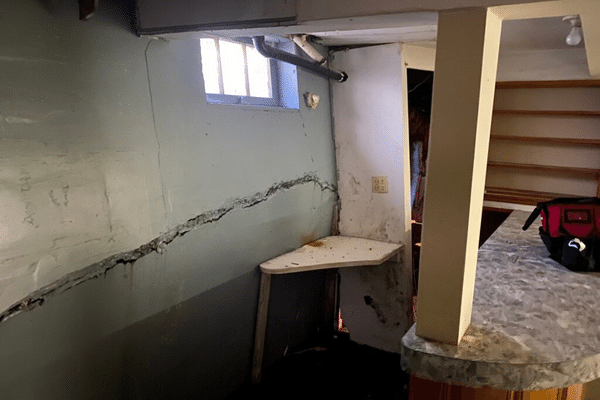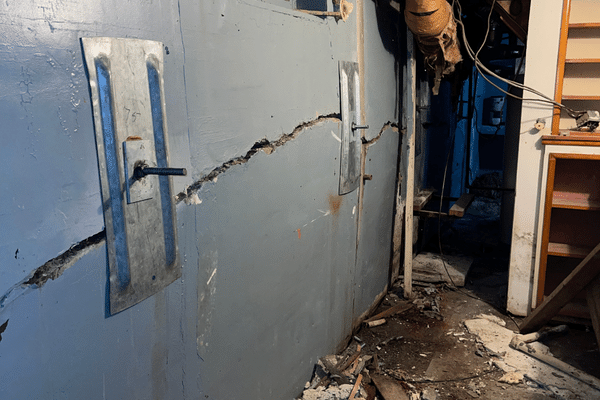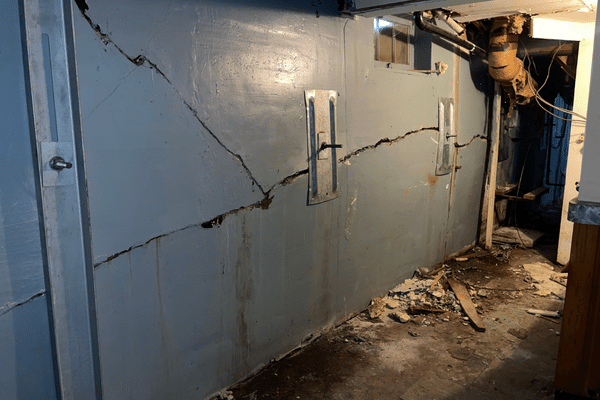How Do Plate Anchors Work?
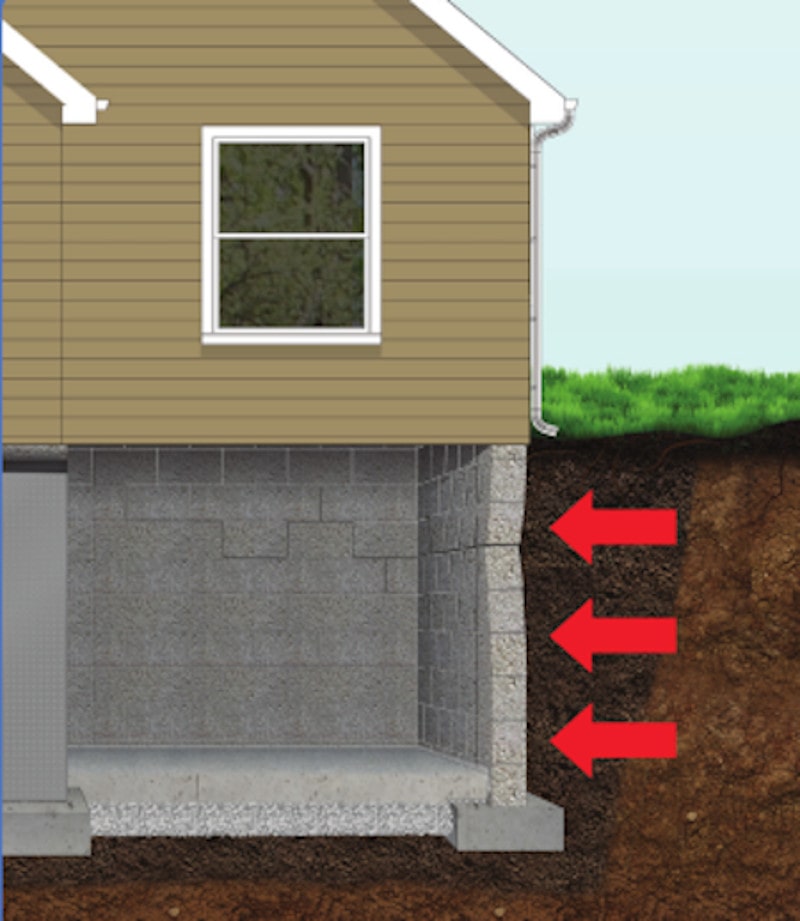
Curves are good on mountain roads, graphic charts, and winding rivers, but a curve in your basement wall means trouble. Bowed walls are a serious foundation issue but can be fixed with plate anchors.
When Do You Use Plate Anchors?
A basement foundation wall is leaning inward is considered bowed. Bowing occurs when there is excessive lateral pressure from soil surrounding the home.
The pressure may be caused by expansive clay soils that expand and contract as moisture in the ground increases or decreases.
An accumulation of water in the soil (known as hydrostatic pressure) may force a wall inward.
Frost also can lead to wall failure as soil against the wall freezes and applies pressure.
Ignoring a bowing wall could be catastrophic. If the wall isn’t repaired, it may eventually collapse, causing serious structural damage to a home.
Bowing Wall Repair Done Right
A plate anchor wall system is the preferred solution for bowed or leaning walls. Using ECP Plate Anchors, the installation process can be completed in one day.
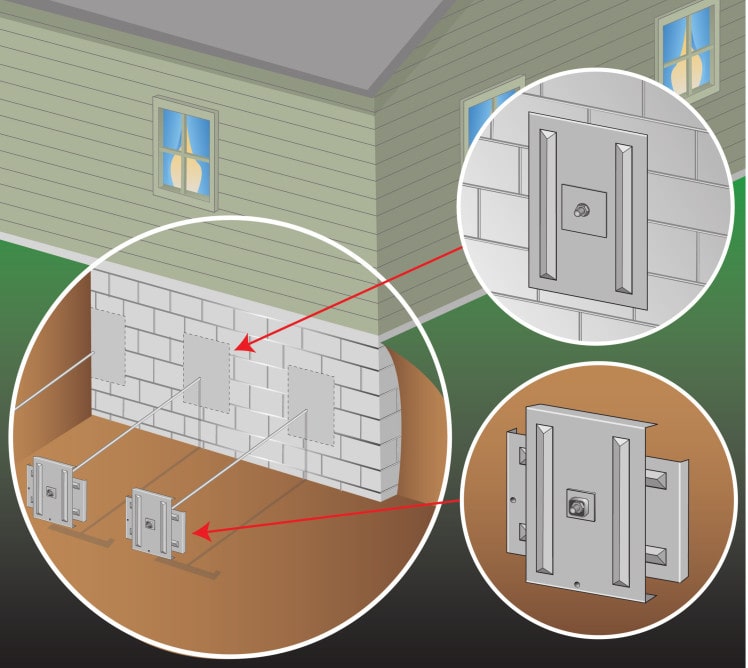
In a plate anchor wall system, holes are dug in the soil away from the foundation wall. Rods are driven through small holes in the basement wall and connected to exterior anchors installed deep in the soil.
On the interior of the foundation wall, a wall plate is placed and then secured to the rod.
A basement foundation wall plate is placed on the interior of the foundation wall and then secured to the rod.
The U.S. Department of Housing and Urban Development noted a plate anchor wall system “stops further movement and, with proper tension, will eliminate some, if not all, of the bowing over time.”
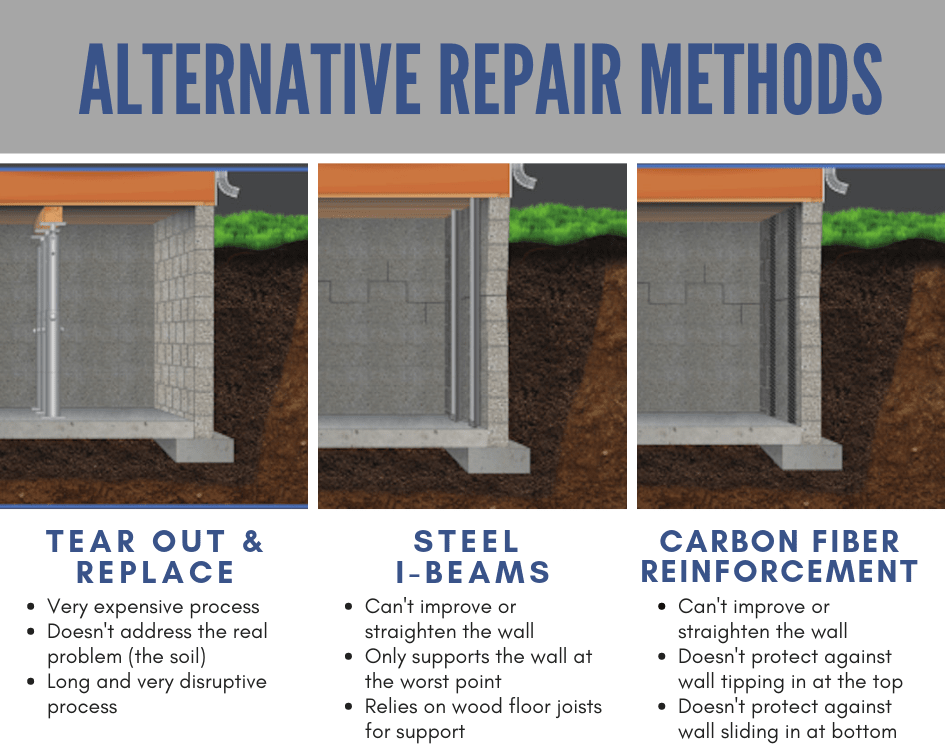
- Carbon Fiber as Part of a Comprehensive Waterproofing Fix
- Featured Job: Helical Piles Save Small Town High School
- Helical Piles: A Foundation Repair Tool Contractors Can Trust
- Revolutionizing Limited Access Foundations: The DRIVECAST Grouted Displacement Pile
- Earth Contact Products: Raising the Bar in Foundation Repair Product Supply
- Crawl Space Encapsulation Products Prevent Moisture Damage


